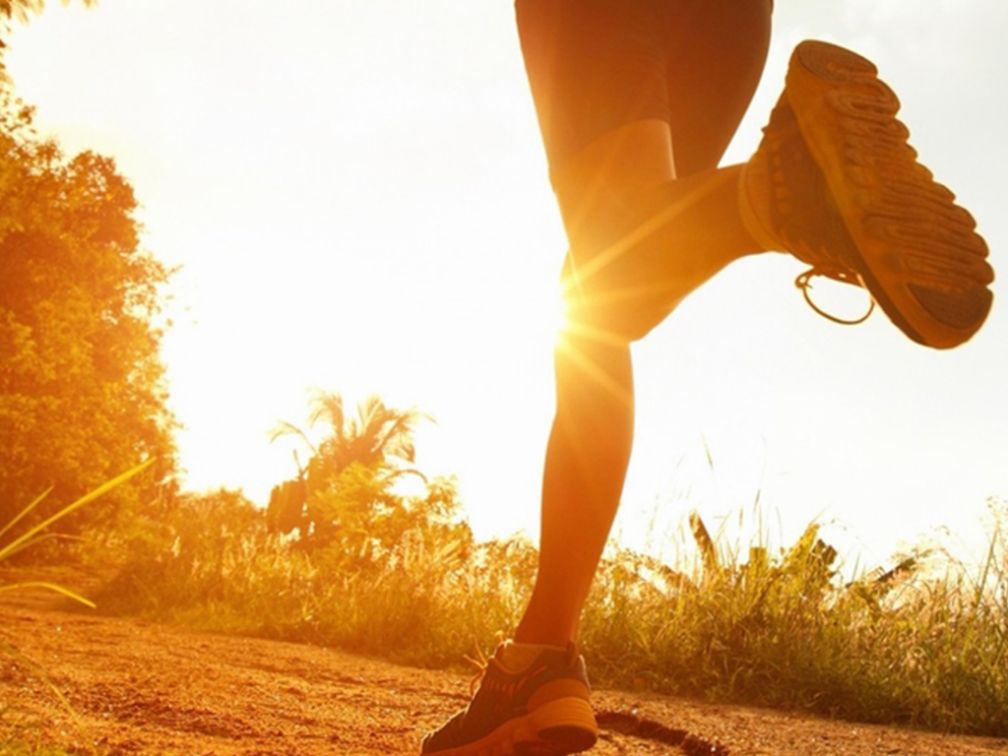how much brisk walking per day

Brisk Walking (Fitness Walking)
Brisk walking, also known as fitness walking, is a moderate-intensity aerobic exercise. Generally, walking at a pace of over 100 steps per minute can be considered brisk walking, requiring participants to walk as fast as possible. Due to individual differences, there is no fixed standard for brisk walking speed. Fitness walking focuses on maintaining proper body posture and a consistent stride length at a certain step frequency. The speed of brisk walking depends on stride length and step frequency, which can gradually increase over time. However, step frequency must be kept stable to achieve optimal exercise results. The recommended step frequency for healthy adults is above 120 steps per minute, and for middle-aged and elderly individuals, it should be maintained above 110 steps per minute.
I. Fitness Value
Brisk walking is a moderate-intensity aerobic exercise that can enhance cardiovascular function, maintain physical fitness, promote fat burning, and improve joint and bone health. As a fitness exercise, brisk walking is easy to sustain and has been recognized by the World Health Organization as one of the best forms of exercise in the world.
First, as a whole-body exercise, brisk walking mobilizes most of the skeletal muscles in the body, resulting in increased metabolism, heart rate, and respiration, leading to enhanced cardiovascular function with long-term adherence. Additionally, brisk walking can increase lower limb muscle strength and endurance to a certain extent, improving overall physical fitness.
Second, as an aerobic exercise, brisk walking can help exercise the body and reduce excess fat. However, achieving fat reduction goals requires long-term commitment and cannot be achieved overnight. Consistency in exercise is essential for effective fat loss.
Third, through the force exerted by the feet on the ground during brisk walking, it can increase bone density, strengthen the ligaments around the joints, and improve joint stability and flexibility.
Fourth, maintaining proper posture during brisk walking helps keep the spine elongated and effectively alleviates the various detrimental effects caused by prolonged sitting. As an accessible form of aerobic exercise, brisk walking has positive effects on preventing diabetes, heart disease, osteoporosis, and certain types of cancer.
Fifth, brisk walking is a simple and safe way to exercise and maintain health. It often leaves people feeling mentally refreshed and physically comfortable. It can effectively alleviate the impact of mental stress on health and has a positive effect on promoting sleep.
II. Suitable Population
Brisk walking is suitable for individuals without lower limb joint diseases or pain, especially overweight or obese individuals and those with weaker cardiovascular function.
III. Site and Environmental Requirements
Brisk walking should not be performed on roadsides. Firstly, roadsides have heavy traffic and poor air quality, which can harm the respiratory system. Secondly, asphalt or concrete road surfaces are too hard, leading to significant impact on the knees and ankles. Ideal locations for brisk walking include soft, flat dirt paths, fitness trails, and rubberized playgrounds. In addition, parks and residential areas are also excellent choices as they generally have better air quality, ensuring minimal harm to the respiratory system during exercise.
IV. Key Precautions
First, prepare a pair of suitable running shoes and wear loose, comfortable, and breathable sportswear. Avoid wearing hard-soled shoes and tight-fitting clothing. It is advisable to carry a water bottle and drink small amounts of water at regular intervals during the exercise. Diabetic individuals should carry a piece of sugar with them to supplement their blood sugar level if needed.
Second, due to the moderate exercise intensity of brisk walking, warm-up activities such as slow walking or gentle stretching can be performed before starting. This allows the body to adapt in advance. After completing the exercise, it is beneficial to incorporate cool-down activities such as slow walking and stretching for about 5 minutes.
Third, if any pain occurs in the lower limb joints during brisk walking, it is important to stop immediately. After the pain subsides, gradually increase lower limb muscle strength training, correct improper walking posture, and then resume the exercise.
Fourth, it is preferable not to engage in brisk walking before going to bed. Additionally, brisk walking often results in sweating. In colder temperatures, it is essential to change clothes promptly after sweating to avoid catching a chill.
Please indicate the address of this article for reprint https://www.sportshealthprogram.com/home-fitness/202307609.html




















